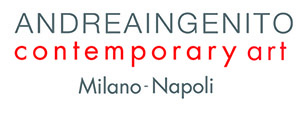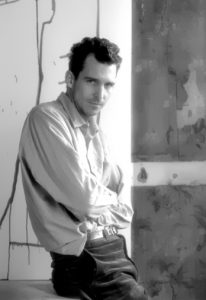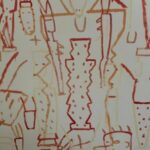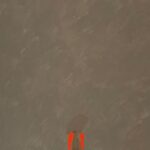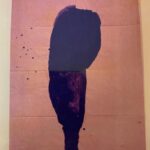James Brown was born in Los Angeles, California, in 1951. He trained at Immaculate Heart College in Hollywood. He then moved for a few years to France where he attended the Ecole Supérieure des Beaux Arts in Paris. He travels a lot in Europe to study Renaissance and especially medieval painting in Italy. In his paintings he mixes tradition and modernism, with pictorial application and influences of tribal art. In the early ’80s he began to exhibit in New York and soon became a hit in the art galleries and is assiduously followed by the press, he finds himself in bad painting and neo-expressionism. In 1987 he married Alexandra Condon, who attended Art History at the University of New York. They had met 10 years earlier. Despite his stay in the United States, he continues to live in Paris. He is always present in European galleries, where his work is seen in the context of a European modernism. In 1995 he moved to Mexico, in the Oaxaca Valley with his wife and children. They live in a hacienda for nine years but continue to exhibit in Europe, the United States and Mexico. In Mexico he collaborates with several artists making carpets in a village in the mountains of Oaxaca. The carpets are made following the Mexican style, hand woven on large wooden looms. Brown and his wife founded the Cape Diem Press, producing books with outdated and traditional methods. The books are printed in limited editions. In 2004 they moved to the city of Mérida, in Yucatan. Since then James Brown has spent a lot of time in Europe, exhibiting in France, Germany, Italy and the Netherlands. His work has taken on different styles over the years, but retains a look at the modernist tradition with the spiritual interests of tribal art. Much of his work is non-realistic but contains scenes or signs of recognizable faces or objects. The line between representation and abstraction is often difficult to distinguish in his work, such as his most recent cycle “Firmament series” or abstract expression that can also be read as a reference to constellations or stars or groups of rocks.
- Cartone _ Acrilico su cartone _ Study for Mosaic III_202 x 152,5 _ 1984
- Cartone, tecnica mista_ 72 x 102 cm_1990
- Mappa_ 90,5 x 57,5_1990
